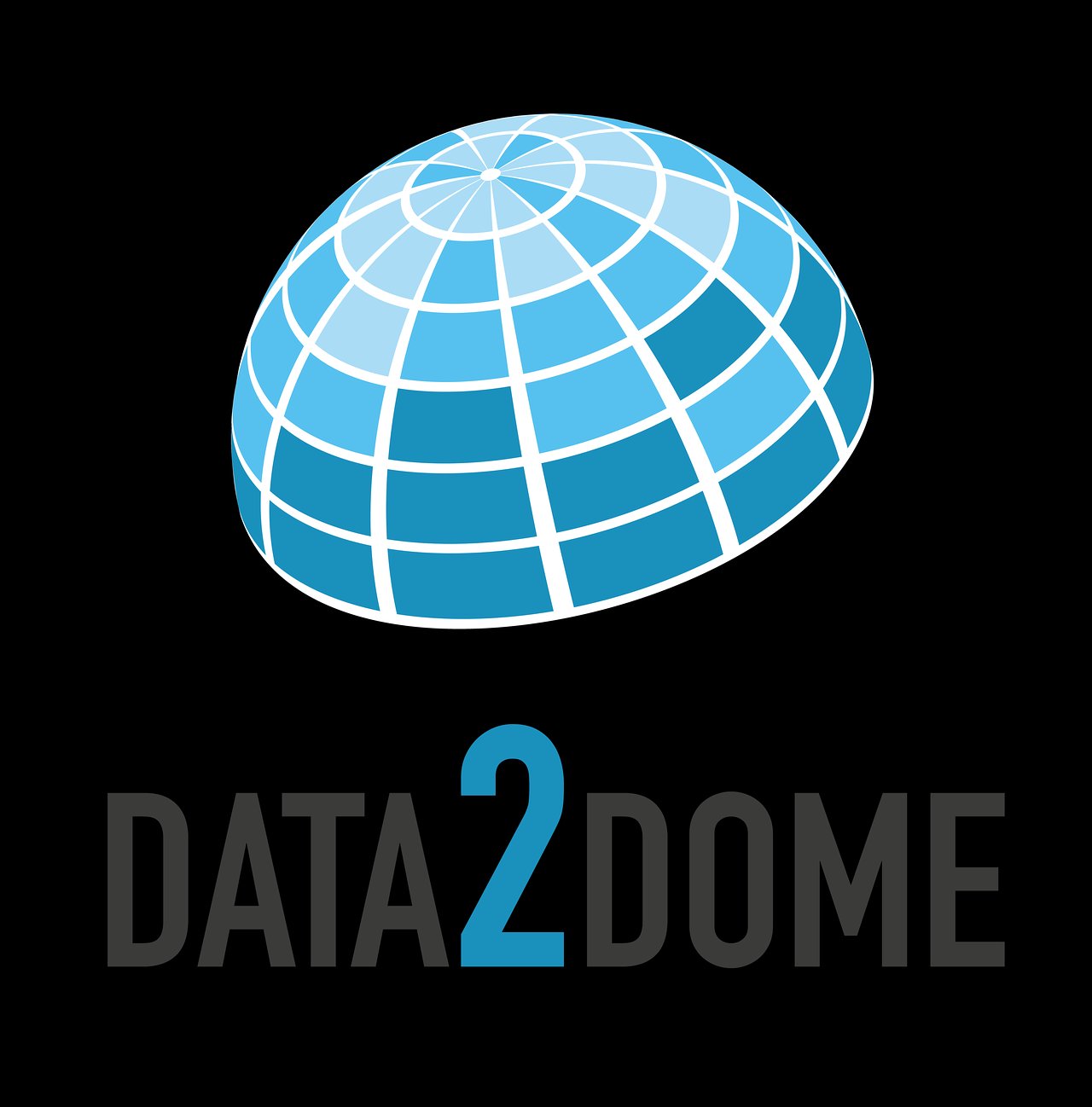|
PICMG 2.15
PICMG 2.15 is a specification by PICMG that defines specialized telecom interfaces for PMC cards. Later, PICMG 2.15 was revised via ECN001 to add enhanced TDM capacities by extending the TDM (H.110) bandwidth and adding Ethernet Ethernet ( ) is a family of wired computer networking technologies commonly used in local area networks (LAN), metropolitan area networks (MAN) and wide area networks (WAN). It was commercially introduced in 1980 and first standardized in 198 ... links. Status Adopted : 4/11/2001 Current Revision : 1.0 ECN001 was adopted 1/22/2003. References {{reflist Open standards PICMG standards ... [...More Info...] [...Related Items...] OR: [Wikipedia] [Google] [Baidu] |
PICMG
PICMG, or PCI Industrial Computer Manufacturers Group, is a consortium of over 140 companies in the fields of computer science and engineering. Founded in 1994, the group was originally formed to adapt PCI technology for use in high-performance telecommunications, military, and industrial computing applications, but its work has grown to include newer technologies. PICMG currently focuses on developing and implementing specifications and guidelines for open standardsbased computer architectures from a wide variety of interconnects. History The original PICMG mission was to provide extensions to the PCI standard developed by PCI-SIG for a range of applications. The organization's collaborations eventually expanded to include a variety of interconnect technologies for industrial computing and telecommunications. PICMG's specifications are used in a wide variety of industries including industrial automation, military, aerospace, telecommunications, medical, gaming, transportation, ... [...More Info...] [...Related Items...] OR: [Wikipedia] [Google] [Baidu] |
PCI Mezzanine Card
A PCI Mezzanine Card or PMC is a printed circuit board assembly manufactured to the IEEE P1386.1 standard. This standard combines the electrical characteristics of the PCI bus with the mechanical dimensions of the Common Mezzanine Card or CMC format (IEEE 1386 standard). A mezzanine connector connects two parallel printed circuit boards in a stacking configuration. Many mezzanine connector styles are commercially available for this purpose, however, PMC mezzanine applications usually use the 1.0 mm pitch 64-pin connector described in IEEE 1386. A PMC can have up to four 64-pin bus connectors. The first two ("P1" and "P2") are used for 32-bit PCI signals, and a third ("P3") is needed for 64-bit PCI signals. An additional bus connector ("P4") can be used for non-specified I/O signals. In addition, arbitrary connectors can be supplied on the front panel of the chassis or case, also known as a "bezel." The PMC standard defines which connector pins are used for which PCI signals ... [...More Info...] [...Related Items...] OR: [Wikipedia] [Google] [Baidu] |
TDM Bus
A TDM bus is one application of the principle of Time-Division Multiplexing. In a TDM Bus, data or information arriving from an input line is put onto specific timeslots on a high-speed bus, where a recipient would listen to the bus and pick out only the signals for a certain timeslot. It resembles the TDM carried out in synchronous optical networking, but the "TDM Bus" term is more commonly used when the bus is inside a single unit like a telecommunications switch or a PC. A specification for putting a TDM bus on PCI hardware has been published as H.100/H.110 by the Enterprise Computer Telephony Forum (ECTF). last accessed 2007-02-04] These are not related to the |
Ethernet
Ethernet ( ) is a family of wired computer networking technologies commonly used in local area networks (LAN), metropolitan area networks (MAN) and wide area networks (WAN). It was commercially introduced in 1980 and first standardized in 1983 as IEEE 802.3. Ethernet has since been refined to support higher bit rates, a greater number of nodes, and longer link distances, but retains much backward compatibility. Over time, Ethernet has largely replaced competing wired LAN technologies such as Token Ring, FDDI and ARCNET. The original 10BASE5 Ethernet uses a thick coaxial cable as a shared medium. This was largely superseded by 10BASE2, which used a thinner and more flexible cable that was both less expensive and easier to use. More modern Ethernet variants use Ethernet over twisted pair, twisted pair and fiber optic links in conjunction with Network switch, switches. Over the course of its history, Ethernet data transfer rates have been increased from the original to the lates ... [...More Info...] [...Related Items...] OR: [Wikipedia] [Google] [Baidu] |
Open Standards
An open standard is a standard that is openly accessible and usable by anyone. It is also a common prerequisite that open standards use an open license that provides for extensibility. Typically, anybody can participate in their development due to their inherently open nature. There is no single definition, and interpretations vary with usage. Examples of open standards include the GSM, 4G, and 5G standards that allow most modern mobile phones to work world-wide. Definitions The terms ''open'' and ''standard'' have a wide range of meanings associated with their usage. There are a number of definitions of open standards which emphasize different aspects of openness, including the openness of the resulting specification, the openness of the drafting process, and the ownership of rights in the standard. The term "standard" is sometimes restricted to technologies approved by formalized committees that are open to participation by all interested parties and operate on a consensus bas ... [...More Info...] [...Related Items...] OR: [Wikipedia] [Google] [Baidu] |
